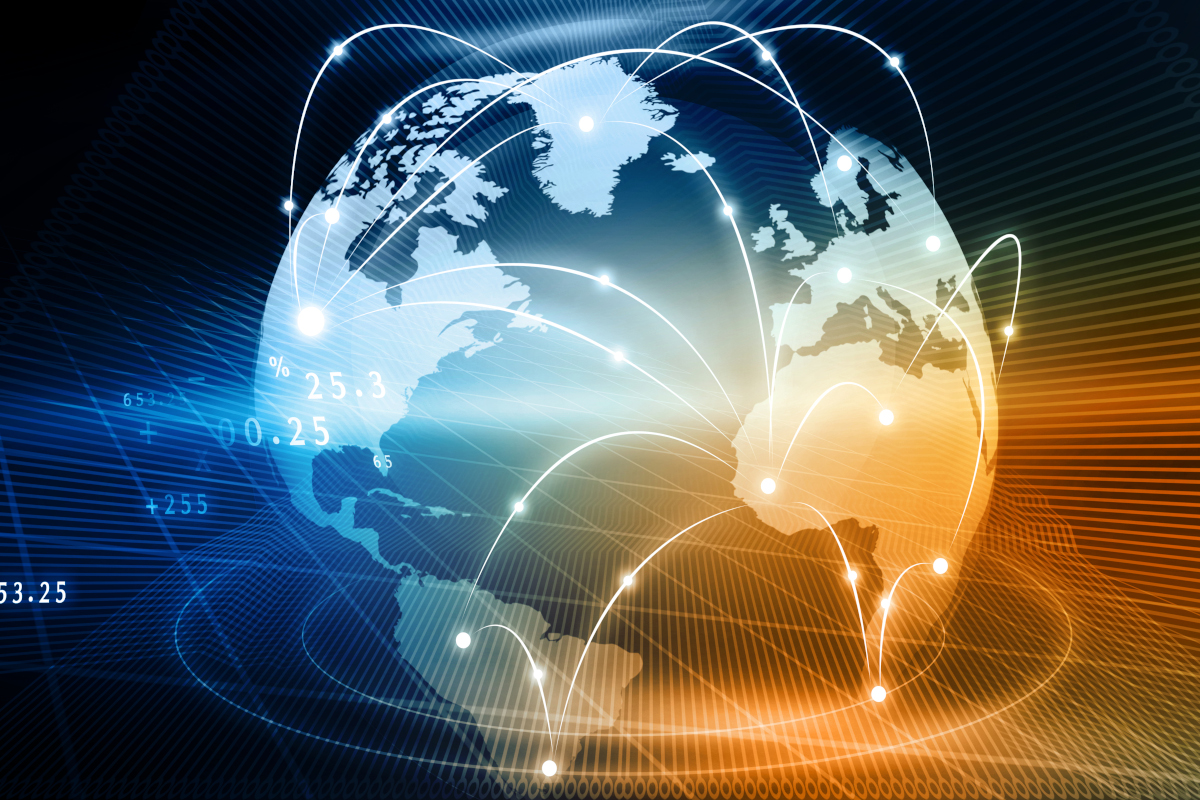5 Changing Trends of AI and Their Impact on the Workplace
March 27th, 2024 by admin

Leading MTSP Educates Businesses on How to Harness the Power of AI
CONCORD, CA ‐ ATS , a leading managed technology services provider (MTSP), is reporting on the everchanging trends of AI and how they will impact the workplace. As with any technology, ATS aims to educate businesses on evolving AI trends and how to leverage them for profitable, safe, productive use. AI has dominated headlines because it will redefine, eliminate, or transform the vast majority of industries and as an IT expert, ATS is compelled to share its insights. As AI tools become ubiquitous in everyday work, companies must implement governance to minimize risks but implemented strategically, AI unlocks immense potential.
Trend #1: Whether organizations are aware of it or not, employees are already using AI tools to perform their jobs. Estimates hover near two-thirds of employees. Many employees are already making AI tools part of their daily routine. The benefits of which are obvious; increased productivity, expanded creativity and more efficient outcomes. However, there are also risks associated with supercharging their productivity through AI tools. For example, in industries which require strict confidentiality or compliance standards, AI can easily be misused by wellintentioned employees who upload sensitive documents to unsecured AI tools in order to help them work faster, unknowingly opening the company up for liability risks.
Trend #2: The proliferation of AI tools is exposing companies to more unforeseen risk. A lawyer who used AI to assist with writing case briefings was hit with a fine for violating compliance regulations. Different jurisdictions have different policies when it comes to consumer data protection, like how California has very strict data privacy laws, and places like New York have AI hiring laws which companies must adhere to. The “Wild West” of rapid AI development means that companies may be liable for employee actions, including ones they weren’t aware of. It’s not all bad news though, because AI can also be used to on the flip side to drastically reduce liability. For instance, in a tightly regulated advertising industry like insurance, there will undoubtedly be “AI-Compliance Checker” tools that can review marketing collateral before it gets sent out and catches potential issues, well ahead of any negative consequences. AI has been accepted in industries like cybersecurity because it’s seen as another layer of protection which can preemptively protect employees from human error, like in the case of predatory phishing emails. This acceptance in AI tools will grow due to AI’s ability to protect companies from themselves.
Trend #3: Smarter Intent. Rather than just processing text requests, AI will soon understand implied meaning and goals behind them. Google’s Gemini is an example of this type of multimodal AI tool. For example, if a user asked an AI tool to remove the background from an image, AI could take that request and run with it. It will realize that the reason the user wants the background image removed in the first place is because the person is attempting to create a logo for their software business. Once it intuits that it’s a logo, it can check domain availability and help the user to start building a website. It could even suggest potential strategic partners that would augment their current service offering. The point is that the smarter AI gets, the less capable users need to be at generating their own prompts, which in turn unlocks AI to even greater potential.
Trend #4: More Fluid Collaboration Between Various AI Tools. Different AI models are learning to communicate and work together much more effectively than before. Previously, AI models required manual prompting, or they were restricted to generating output in their native capability. Text- based AI tools would return textbased results, photo-based AI tools would return AI-enhanced photos, etc. However, each AI is starting to collaborate with other AIs which will in turn result in users receiving a true “assistant" that can actually “think” through complex problems with similar expertise to a human expert. An example would be that mid-surgery AI could take a picture of an incision, search through a database and proactively alert the surgeon to abnormalities. That level of interoperability was one of the biggest obstacles to tremendous growth in AI and will likely accelerate AI’s capability over the next few years.
Trend #5: Explosive Growth When Startups Capitalize on Opportunities. Hundreds of startups will offer niche AI solutions for every conceivable industry in the next few years. While many startups will offer tremendous value and help businesses solve decade-long problems, many organizations will disappear just as quickly as they launched. Business owners need access to credible vendors who are vetted regularly. Even if AI can generate financial reports, analyze legal contracts, automate supply chain logistics, and streamline complex processes across industries, those tools are only as reliable and trustworthy as the makers of those tools are.
Sanford Gladding, President of ATS , commented on these trends and said, “The key is governance - establishing rules, monitoring enforcement, and coursecorrecting. We partner with clients for safe, strategic AI adoption that is focused on increasing their profitability. When it comes to AI, the gains for productivity and efficiency are immense, but so are the threats if not properly managed. As an IT expert for many years, we look forward to guiding companies through their AI journey."
View Full Press Release (PDF)Posted in: Press Releases